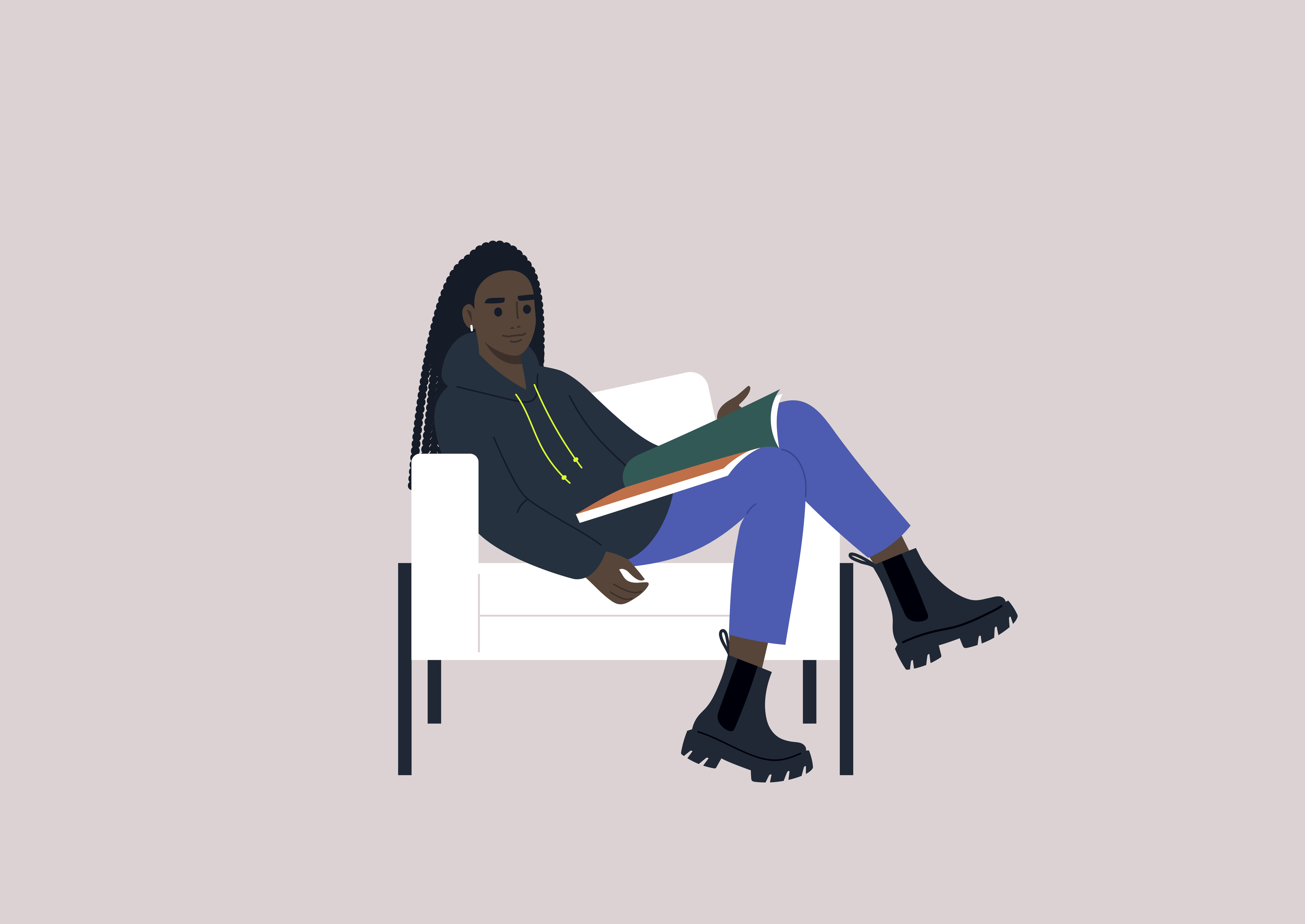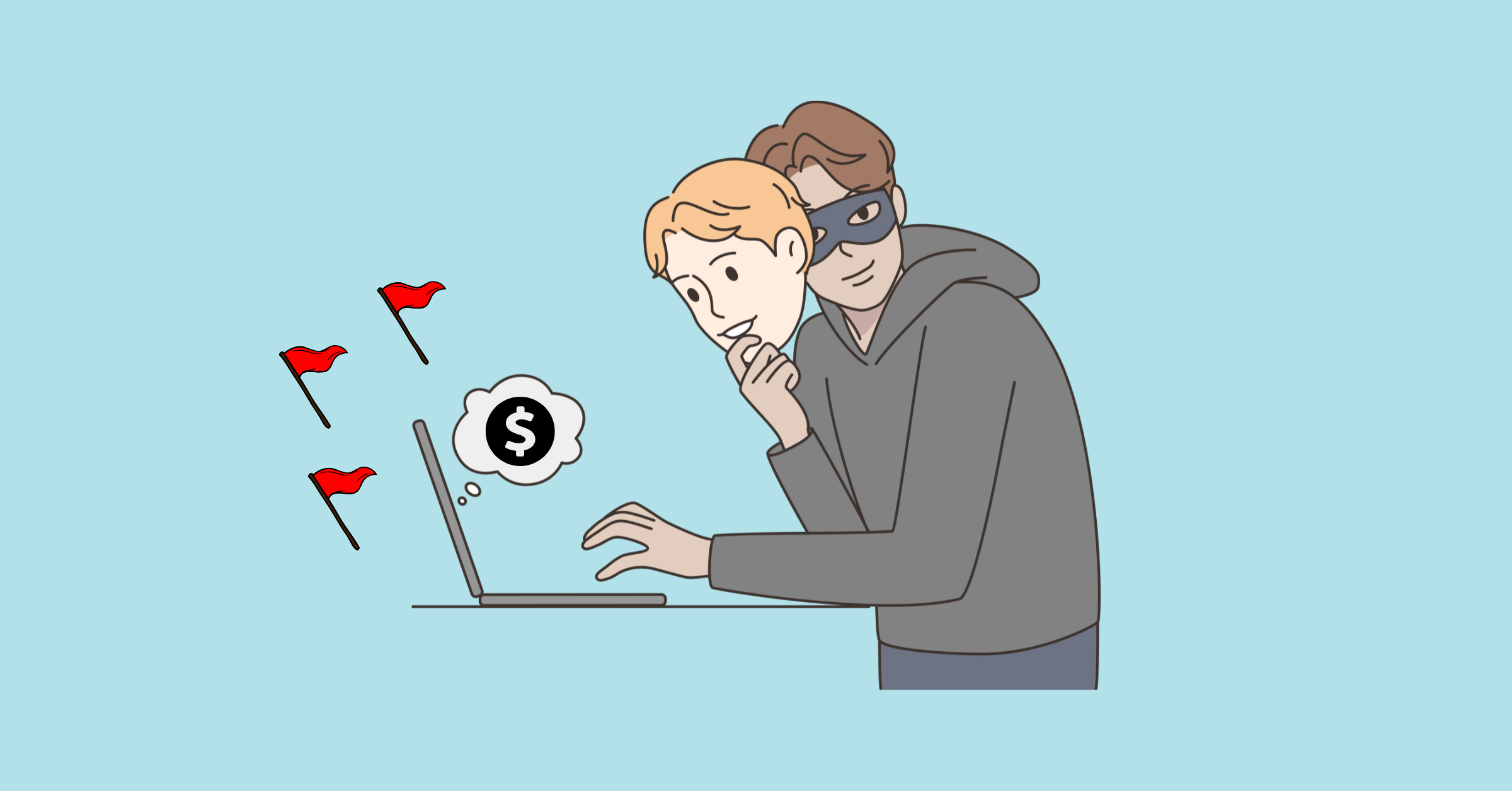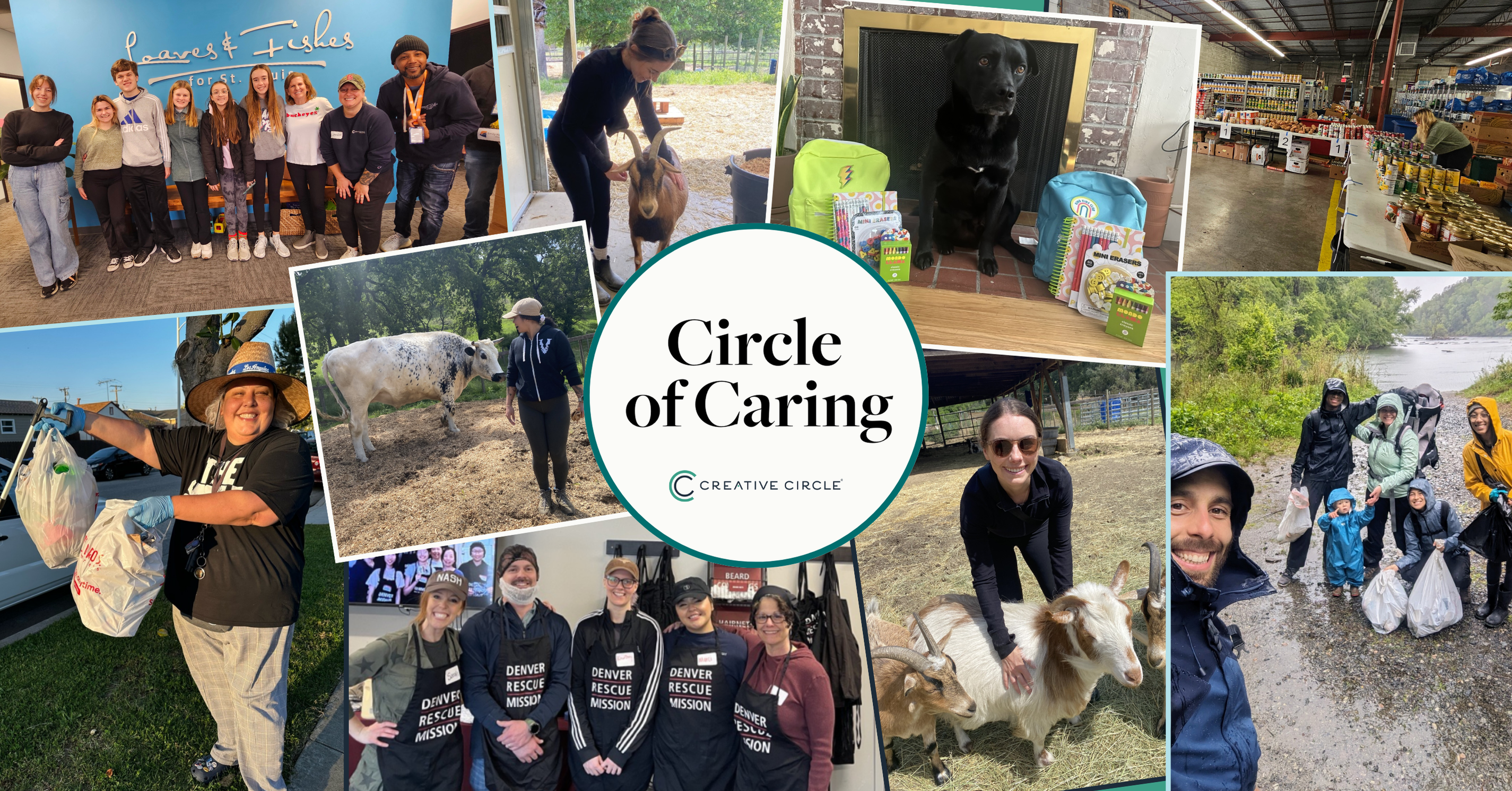“83% of workers suffer from work-related stress.” That’s the high-level finding from Zippia. Its recent post on “40+ Worrisome Workplace Stress Statistics” went on to say that “stress at work comes in all shapes and sizes, across all types of industries and careers.”
Are you feeling a bit edgy or fatigued on the job, afterwards or beforehand? Are you having trouble sleeping? Experiencing skin breakouts, muscle soreness, irritability, mood swings, decreased productivity, or headaches?
There could be many reasons for these symptoms. But the American Institute of Stress pinpoints one that may cause any or all of them. “Numerous studies confirm that occupational pressures and fears are far and away the leading source of stress for American adults.” Take heed. Stress may be the root problem. And it’s been and continues to be on the rise.
So let’s take action to blunt the effects of occupational stress. May is the perfect time to put a plan in motion in observance of Mental Health Month. To get started, try this list of strategies. Several can be done at your desk. Others are appropriate for lunchtime, during break, before or after work or any time. Some may surprise you, but all are surprisingly effective.
Approach things differently
Want to reset your brain, temporarily disrupt your routine, and relieve stress in the process? Go against the grain, as in do the contrary. The following ideas are among “25 Weird Breaks for Stress Relief” and, according to the author of this post, they “clear my head.” One category is to “try to do anything from the opposite side.” That includes writing your name with your non-dominant hand because “you have to focus very hard” and it “takes you out of your stressed out state.” The same goes for “putt[ing] a golf ball from the opposite side.” More? Count backwards and walk backwards (be careful with this one!). Another is to rearrange your desk; move things from one side to the other. Switch it up for one day.
Engage in sound healing
Sound healing is a hot trend now, rooted in sacred science of bygone eras in China, Egypt, Greece, India, and Tibet. The process “uses instruments to create a vibration that releases energy, passing a state of ease and harmony to you.” This ancient method reduces stress and tension “by assisting the brain waves to come back to a state of mindfulness.” If you relax by listening to music, you are, in essence, practicing sound healing. To experience it formally, seek out sessions in your area led to specialty practitioners. And you can also consider being your own sound healer. “Three Ways to Use Music and Sound for Self-Healing” offers tips. Select and use Tibetan bowls and engage in vocal healing via chanting, humming, or singing or create a self-healing playlist,
Get hooked on knitting
What does Olympic gold medal winning diver Tom Daley do to combat stress at competitions? He knits. Actor Russell Crowe of Gladiator fame does so too. This first post reports: “Surveys of knitters and crocheters have found that significant numbers of them do their craft as a way to deal with daily stress.” There must be something to that. According to “The Health Benefits of Knitting,” the Craft Yarn Council created a campaign to “Stitch Away Stress.” Plus, Dr. Herbert Benson, author of The Relaxation Response, says that “the repetitive action of needlework can induce a relaxed state like that associated with meditation and yoga.” It reduces heart rate and blood pressure as well as the stress hormone cortisol.
Massage your ear
Use this traditional Chinese medicine technique at any time anywhere. Find the Shen Men or “The Gate of Heaven” on your outer ear and gently rub it. “Massaging the Shen Men — pressure point situated in the upper third of your ear — reportedly strengthens your overall health, decreases stress, and boosts energy.” While massaging this spot, breathe deeply. “When you inhale, look to the left, and look to the right when exhaling.” If you have difficulty locating the Shen Men, massage the lobe and then move your fingers up around the outer part of the ear in that same motion. Alternatively, you may prefer to stick to an earlobe massage. “Earlobe massage is an excellent way to release tension in the body. Individuals can do this by gently forming small circles with the thumb and index fingers on the earlobe.”
Take a gratitude inventory
Inspired by advice given to him by his doctor, Irving Berlin wrote: “When I’m worried and I can’t sleep, I count my blessings instead of sheep, And I fall asleep counting my blessings. When my bankroll is getting small, I think of when I had none at all, And I fall asleep counting my blessings.” That is the opening to the classic song “Count Your Blessings.” And it represents a method to relieve stress — stock up on gratitude. “The Benefits of Cultivating Gratitude for Stress Relief” points out: “Cultivating gratitude is one of the simpler routes to a greater sense of emotional well-being, higher overall life satisfaction, and a greater sense of happiness in life.” It suggests making gratitude lists and keeping a gratitude journal. Hungry for gratitude? Watch a YouTube video on how to “Create a Gratitude Sandwich.”
Do QiGong
What is QiGong? That’s what I wondered when I first heard the term. First I researched; then I tried it. Now I am hardly alone in recommending it for many reasons, including stress reduction. “The Stress-Relieving Benefits of QiGong” explains: “QiGong (pronounced: chē-gung) is an ancient Chinese practice designed to promote healing in the body, balance in the mind and calming in the spirit. This technique involves simple meditation, controlled breathing and low-intensity movement exercises.” In “Reduce Your Stress with QiGong,” a leading practitioner shows how to release the restorative powers of this practice. He states that you don’t need any equipment or special clothing to do the required stretching and shaking. Ready to start? Follow the short YouTube video “3 Simple QiGong Exercises for Fast and Natural Stress Relief.”
Color
Remember how much you enjoyed coloring when you were a youngster? Relive those times now. Per the renowned Cleveland Clinic, coloring is “not just for children anymore.” Its post on “3 Reasons Adult Coloring Can Actually Relax Your Brain” lays it all out. A physician notes that coloring focuses your attention on the task at hand and “away from yourself (and those things that are stressing you out!).” WebMD adds to this. “Coloring can also improve your brain’s ability to function. When you’re coloring, different parts of your brain’s cerebral hemisphere are activated. When you choose what colors to use, your creativity is activated. As you color forms and shapes, your logic is also activated.” So get in on the adult coloring book craze; it’s for your health and enjoyment.
Practice Progressive Muscle Relaxation (PMR)
PMR has been helping people for about 100 years. This strategy isolates muscles in your body on a rolling basis. First you slowly tighten a set of muscles; then you release the pressure. This process acquaints you with how tension feels; it enables you not only recognize the physical manifestations of stress, but also to relieve it and know the difference between the two states. The Mayo Clinic outlines the process. One way to start is “by tensing and relaxing the muscles in your toes and progressively working you way up to your neck and head.” You also can reverse the order from top to bottom. Either way: “Tense your muscles for about five seconds and then relax for 30 seconds, and repeat.” Interested? Spend about six minutes with a YouTube video led by a psychologist at Johns Hopkins School of Medicine. It’s instructive and soothing.
Garden
Sciencefocus.com reports: “Gardening just twice a week improves wellbeing and relieves stress.” WebMD concurs with this concept. “Gardening can make you feel more peaceful and content.” It adds that the “immediate tasks and details of gardening can reduce negative thoughts and feelings and can make you feel better in the moment. Just spending time around plants eases stress for many people.” Forbes weighs in too in “How Gardening Can Fight Stress and Improve Your Life.” It points out: “There’s so much to see and do in a garden. Rather than dwelling on the challenges you’re facing or the lengthy to-do list waiting for you, give yourself permission to live in the moment. Notice the birds chirping, the gentle breeze and aromatic scent of soil and vegetation.” Don’t have a garden? Set one up on your window sill or seek out a community space.
Tap dance
“Step-ball change, step-ball change!” This is how Dr. Gilda Carle, Corporate Relationship Strategist and author of My Rants & Ramblings Journal begins to describe tap dancing for stress relief. “When I arrive at the dance studio, my mind is laden with experiences of my day. But as soon as I’m in class, tap dancing blocks everything out.” Dance is therapeutic in many ways but tap dancing adds other dimensions. “The stomps and stamps, blasting music, rhythmic clicking and intricate choreography magically make the world’s indignities vanish and I become stress free!” What if you don’t have tap shoes or don’t want to invest in a class? Equip and explore on your own. Convert your sneakers or regular shoes to tap shoes or find discount starter shoes on Amazon or somewhere similar. Then head over to YouTube to experiment with one video, another and many others.
What’s the main takeaway from this listicle? There are many avenues to explore to push away the irritations of life. Understand that it’s not a one-and-done situation. Do them regularly and, above all, enjoy the process and the benefits you derive.
About the author.
You name it, she covers it. That’s the can-do attitude Sherry M. Adler brings to the craft of writing. A polished marketing and communications professional, she has a passion for learning and the world at large. She uses it plus the power of words to inform and energize stakeholders of all kinds. And to show how all of this can make a difference, she calls her business WriteResults NY, LLC.



